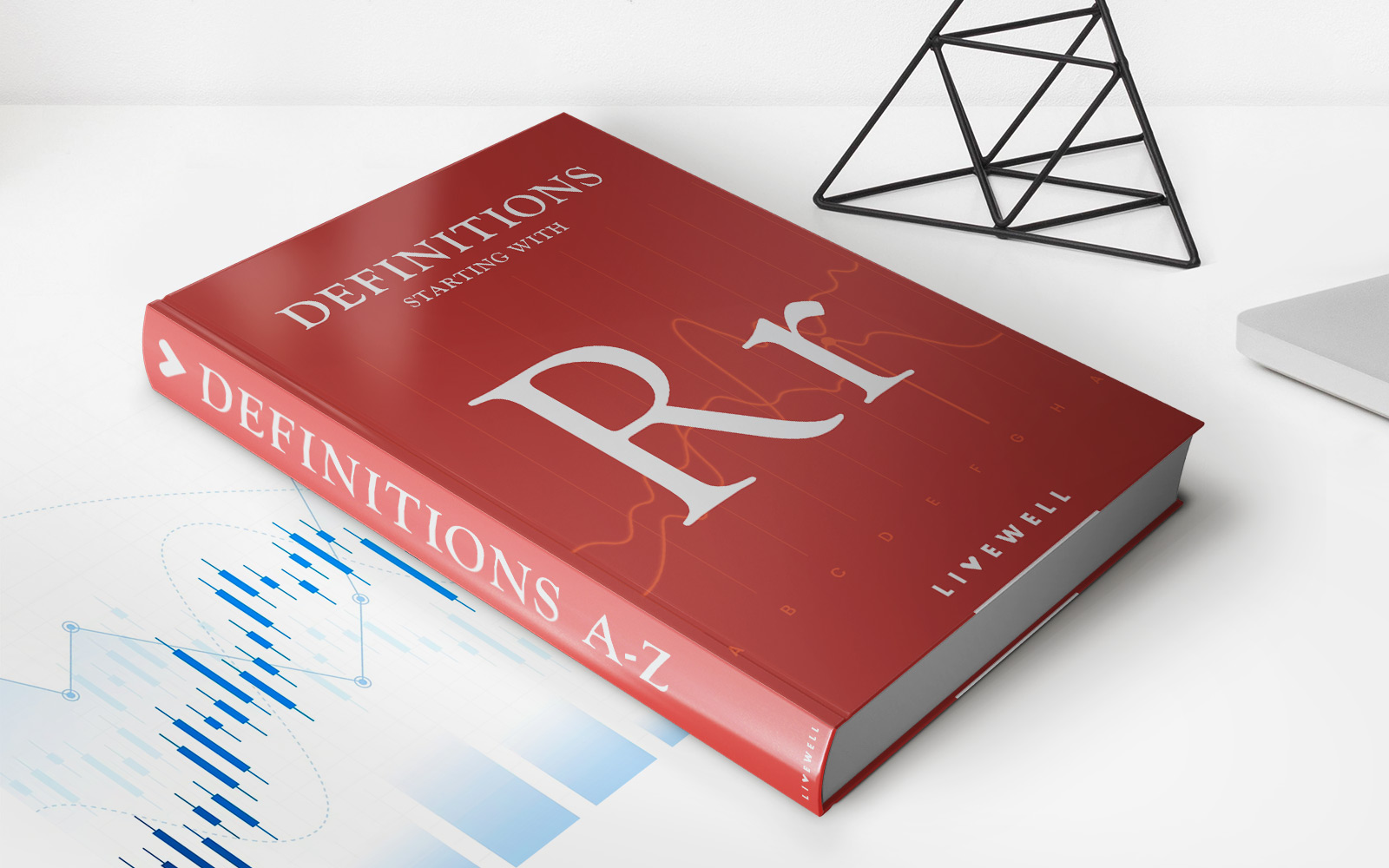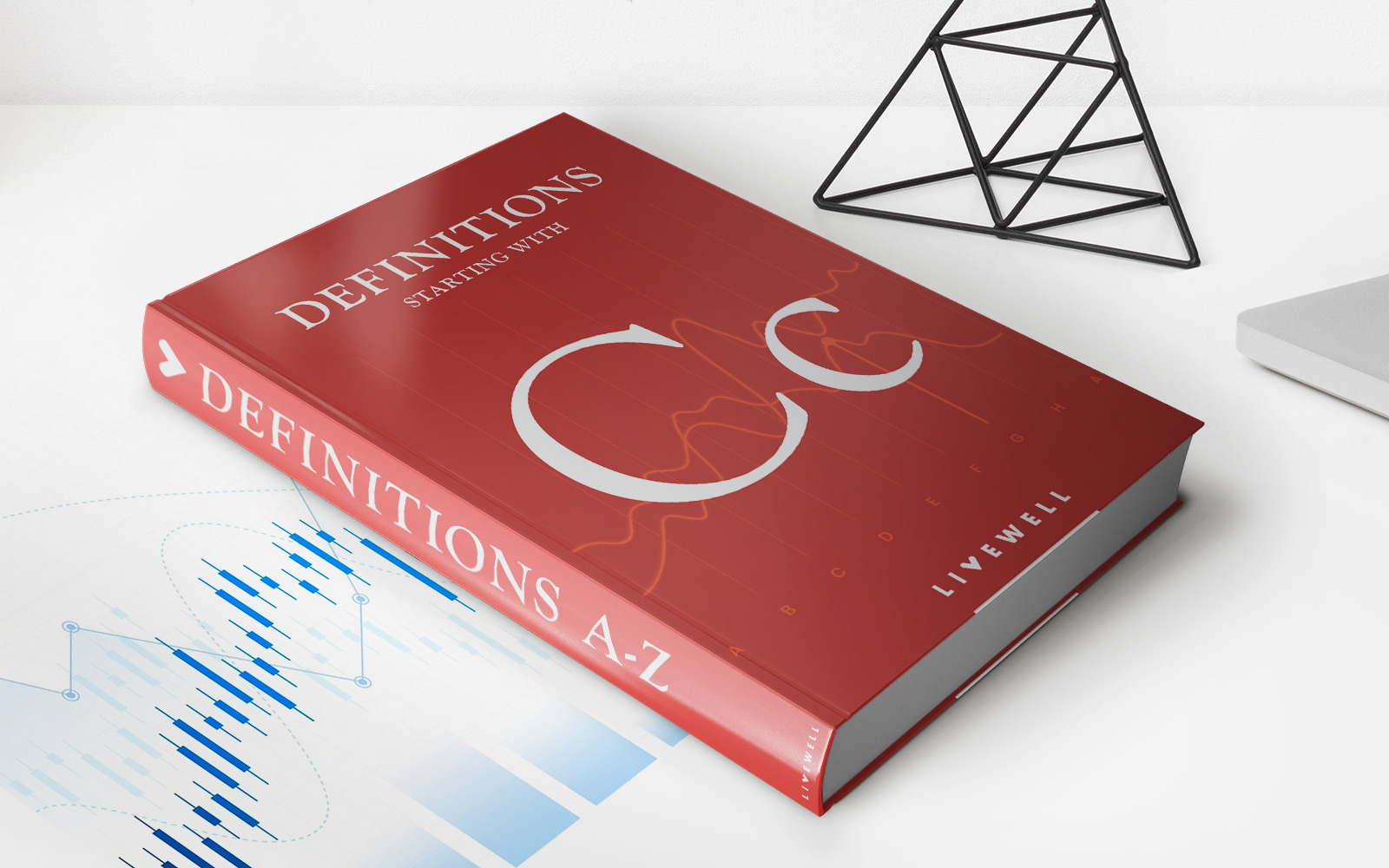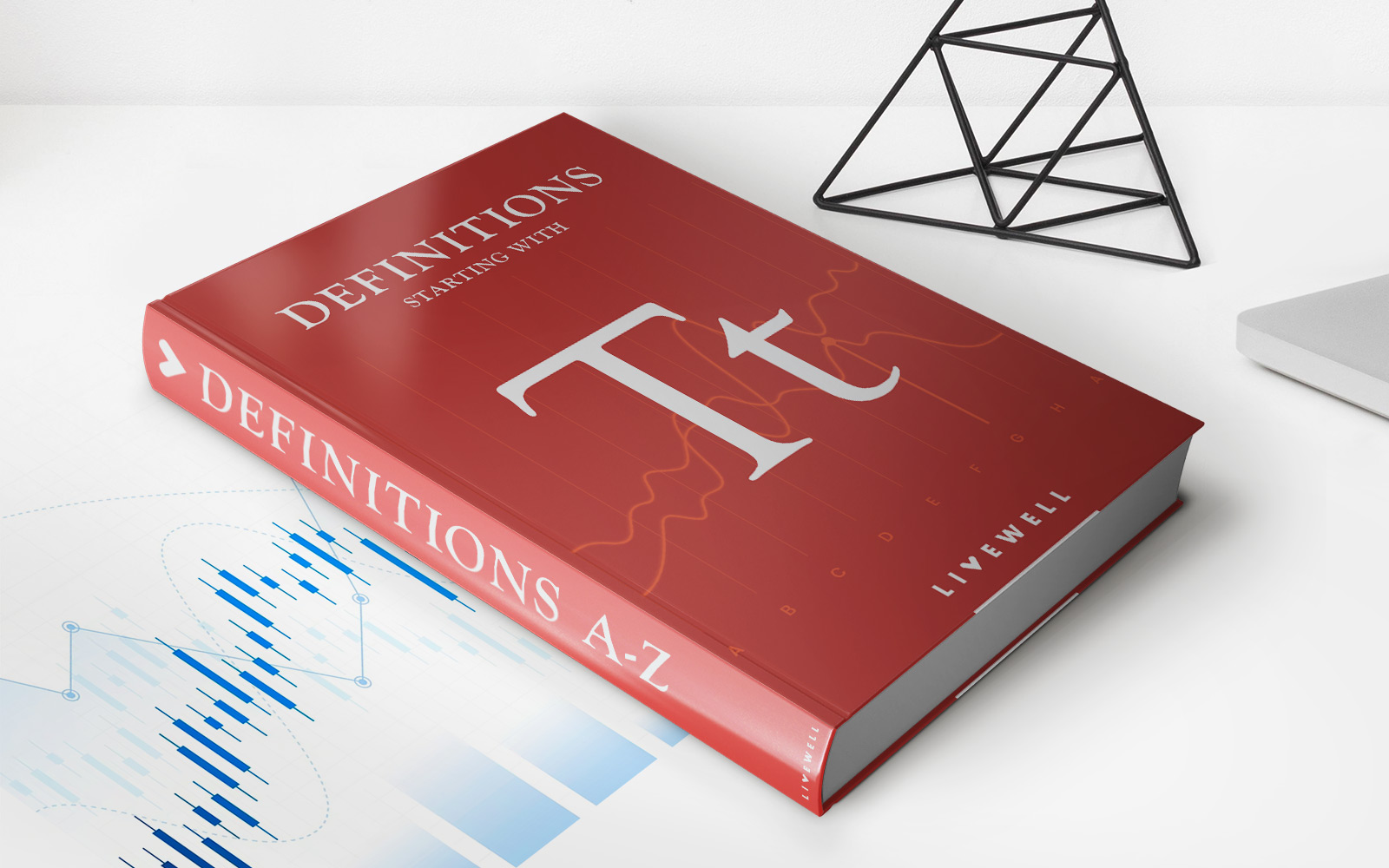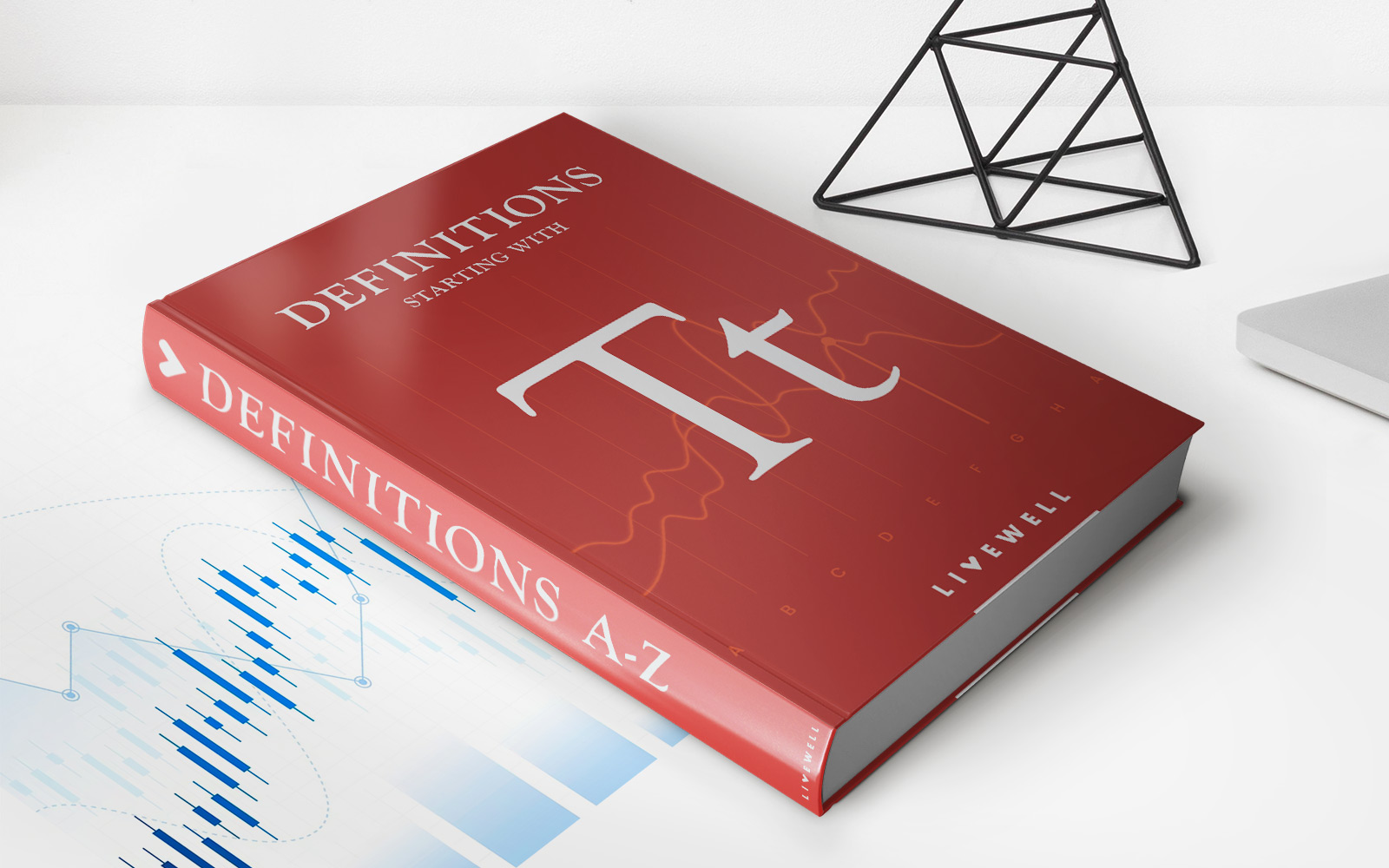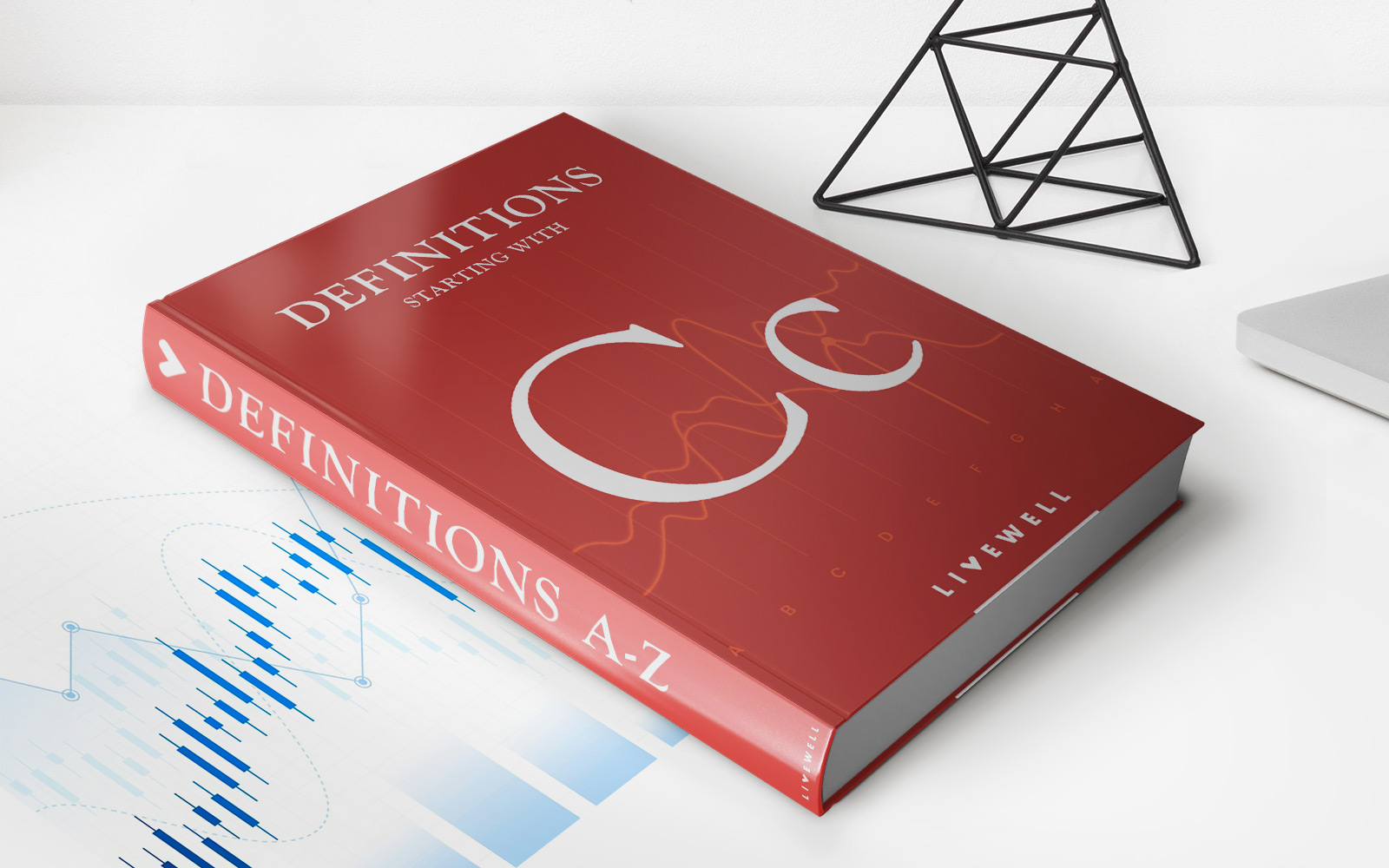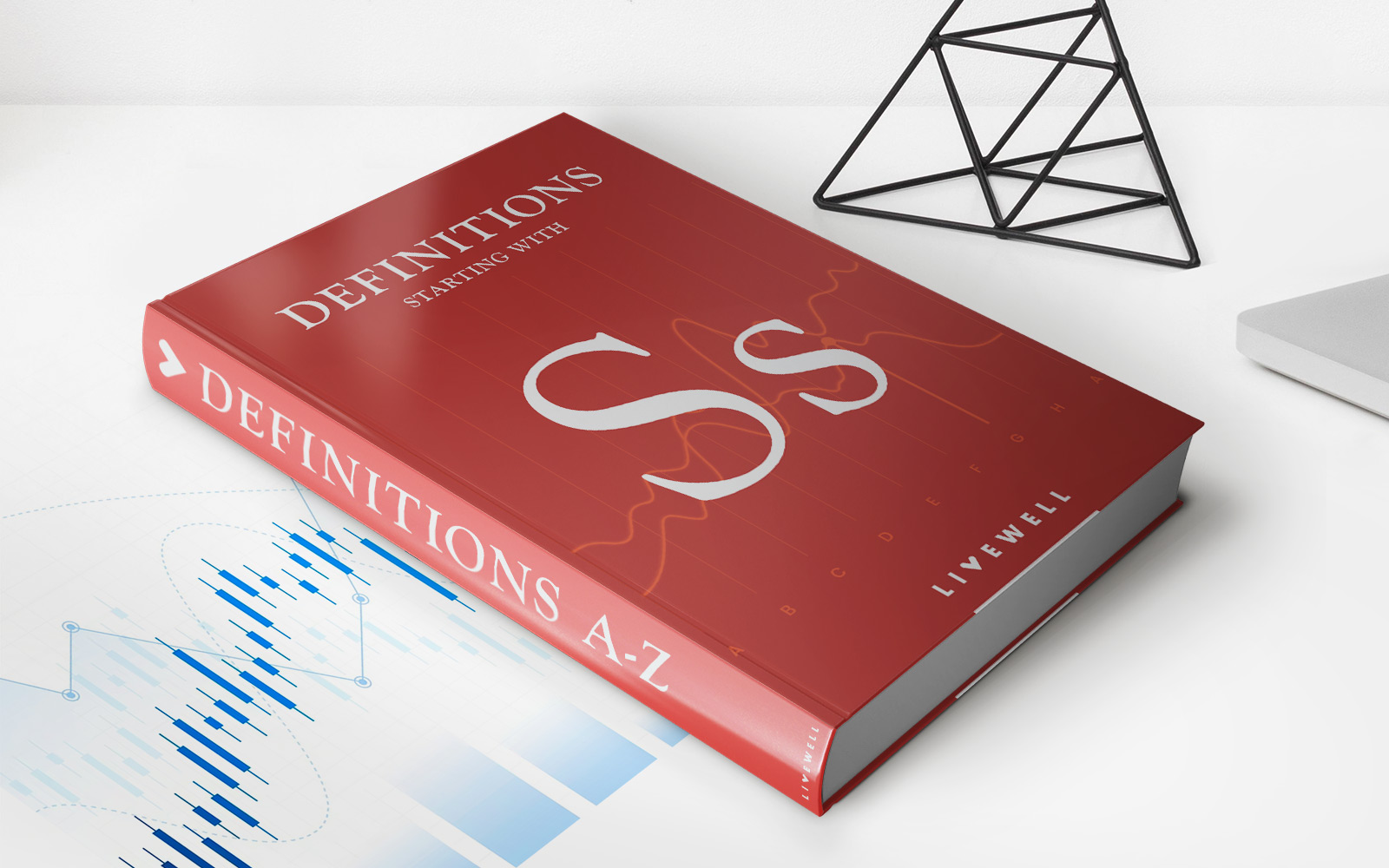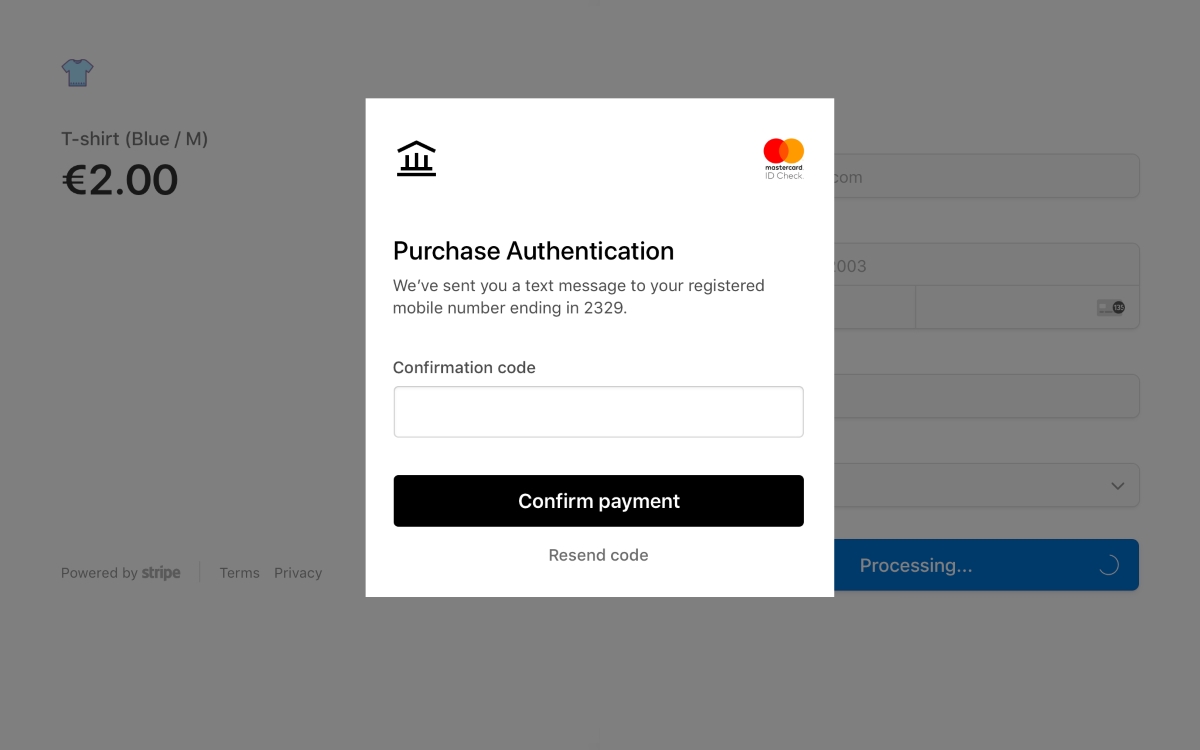Home>Finance>Commercial Real Estate (CRE) Loan Definition, Types, Terms, Rates


Finance
Commercial Real Estate (CRE) Loan Definition, Types, Terms, Rates
Published: October 29, 2023
Learn about commercial real estate (CRE) loans in finance. Understand the definition, types, terms, and rates for CRE loans.
(Many of the links in this article redirect to a specific reviewed product. Your purchase of these products through affiliate links helps to generate commission for LiveWell, at no extra cost. Learn more)
Commercial Real Estate (CRE) Loan: Definition, Types, Terms, Rates
Finance plays a crucial role in the growth and success of any business, and commercial real estate (CRE) loans are an essential tool in achieving financial goals for those looking to invest in properties. In this blog post, we will explore the definition of a CRE loan, the different types available, key terms to understand, and the factors that impact interest rates. By the end, you’ll have a comprehensive understanding of CRE loans and be better equipped to make informed decisions in your real estate ventures.
Key Takeaways:
- A commercial real estate (CRE) loan is a financial tool used by businesses and investors to purchase or refinance commercial properties.
- These loans come with various terms, interest rates, and repayment schedules, depending on the type of loan and financial institution providing it.
Understanding Commercial Real Estate (CRE) Loans
A commercial real estate (CRE) loan is a specialized type of loan designed for the acquisition, development, or refinancing of commercial properties. Unlike residential mortgages, which primarily focus on personal properties, CRE loans are specifically tailored to businesses or individuals looking to invest in income-producing properties or properties used for business purposes.
CRE loans can be used to finance a variety of property types, such as office buildings, retail spaces, industrial warehouses, hotels, apartment complexes, and more. The loans can cover the purchase or refinancing of existing properties, as well as the construction or renovation of new ones.
Types of CRE Loans
There are different types of CRE loans available to cater to various financing needs and property types. Here are some commonly used types:
- Traditional Commercial Mortgages: These loans are similar to residential mortgages, with the property itself acting as collateral. They typically have fixed rates and are suited for stabilized properties.
- SBA 7(a) Loans: Backed by the Small Business Administration, these loans offer more flexibility and longer terms. They can be used for a broad range of business purposes, including commercial real estate investment.
- Bridge Loans: These short-term loans bridge the gap between the purchase of a new property and the sale of an existing one. They provide immediate funds and are usually repaid once the original property is sold.
- Hard Money Loans: These loans are commonly used when traditional lenders are unable to provide financing due to strict eligibility criteria or time constraints. Hard money loans typically have higher interest rates and shorter repayment terms.
- Construction Loans: Designed specifically for financing construction projects, these loans disburse funds in stages as the construction progresses. Once the project is completed, it is typically refinanced into a traditional mortgage.
Key Terms to Know
When navigating the world of CRE loans, it’s important to understand key terms that form the basis of these financial agreements. Here are a few important terms to keep in mind:
- LTV (Loan-to-Value) Ratio: It represents the ratio of the loan amount to the appraised value of the property and helps lenders assess the risk associated with the loan.
- Debt Service Coverage Ratio (DSCR): This ratio measures the property’s ability to generate enough income to cover the loan repayments, ensuring the borrower’s ability to meet their financial obligations.
- Amortization: The process of gradually paying off the loan principal and interest over a specified period.
- Prepayment Penalty: Some loans impose penalties if the borrower pays off the loan early, typically to compensate the lender for potential lost interest income.
Factors Impacting Interest Rates
When considering a CRE loan, it’s crucial to understand the factors that affect the interest rates offered by lenders. Some key factors include:
- Economic Conditions: Interest rates are influenced by the overall economic climate, inflation rates, and market conditions.
- Borrower’s Creditworthiness: Lenders assess the credit history, financial stability, and experience of the borrower to determine the interest rate.
- Loan Size and Term: The loan amount and repayment term impact the interest rate. Longer-term loans and larger loan amounts may come with higher interest rates.
- Property Type and Condition: The type and condition of the property can impact the perceived risk for lenders and, consequently, the interest rate.
By considering these factors and working with a knowledgeable lender, borrowers can secure competitive rates and terms that align with their investment objectives.
Conclusion
Commercial real estate (CRE) loans provide businesses and investors with the financial means to acquire, refinance, or develop commercial properties. Understanding the different types, key terms, and factors impacting interest rates is crucial when exploring CRE loan options. Armed with this knowledge, you’ll be better equipped to make informed financial decisions and navigate the world of commercial real estate with confidence.
